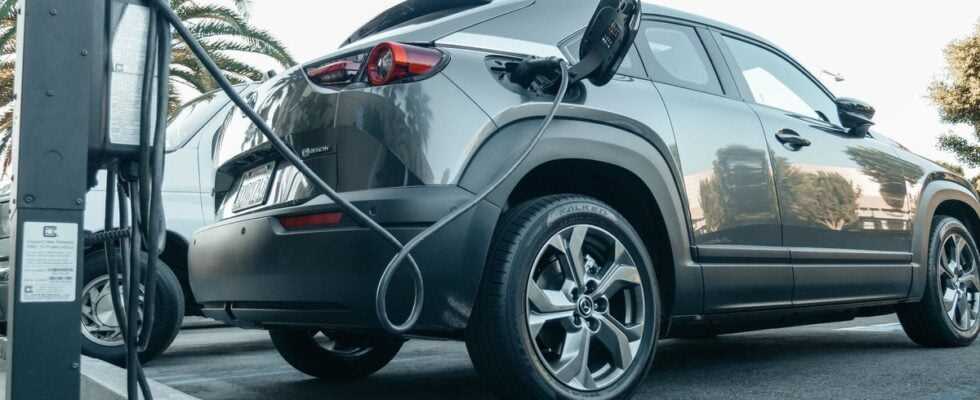For many people interested in electric cars, the range is one of the top criteria when buying, and the manufacturers also like to outdo each other with new superlatives. It is actually clear that drivers rarely achieve the maximum range. The ADAC reveals what customers should keep from manufacturer promises.
E-cars in the range crisis: 40 percent less is not uncommon
Whether more fast chargers are needed, stronger batteries installed or more efficient electric cars need to be designed to solve the dilemma – the manufacturers do not agree. What is certain is that E-cars have to impress with their range.
Mostly according to the WLTP standard The determined range can often not be achieved in real operation, will hardly come as a surprise. After all, the actual consumption of gasoline and diesel vehicles also depends on many factors, not least on your own driving style.
In a test, the MDR determined how much the maximum and actual range can differ – especially in winter. The conclusion is sobering: Some models were able to cover more than 40 percent less distance. Tesla’s Model 3 in the longe range version, a VW ID.4, an Ioniq 5 from Hyundai and a U5 from the Chinese manufacturer Aiways were tested. None of the models was able to maintain its advertised range, with the Hyundai recording the smallest drop with -33 percent. In the case of the Chinese e-car, just over half of the figure was 46.4 percent (source: MDR).
Problem in winter: the cold affects e-cars
There are several reasons why the tested e-cars only managed shorter distances: On the one hand, tests were carried out in winter; the low temperatures are known to be a challenge for the batteries. “We recommend it especially in winter For a realistic range assessment, reduce the WLTP value by around 30 to 40 percent“Advises Matthias Vogt from ADAC. The charging capacity of e-cars also decreases in the cold.
You should know these mistakes before switching to an electric car:
It is true that not only electric cars have a higher energy requirement in winter, but the difference is less pronounced with combustion engines. The other test conditions also resulted in a more realistic picture for many drivers, but also in deviations from the WLTP standard. For this purpose, journeys in urban areas and on country roads are generally used to a large extent. Motorway journeys at higher speeds, on the other hand, drain the battery faster in electric cars. The tests were carried out at the MDR over a distance of 180 km, an average of 120 km / h was driven.
